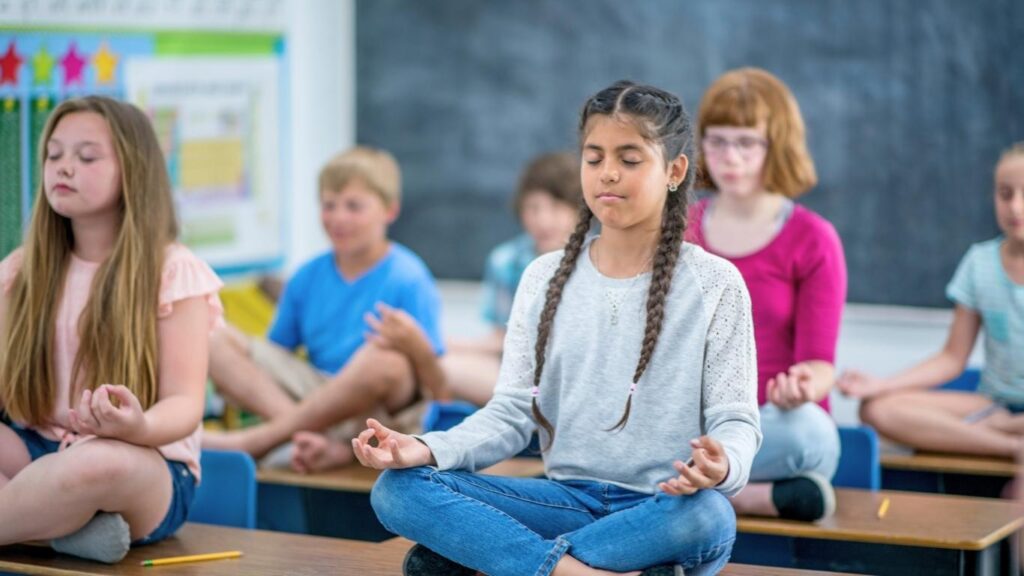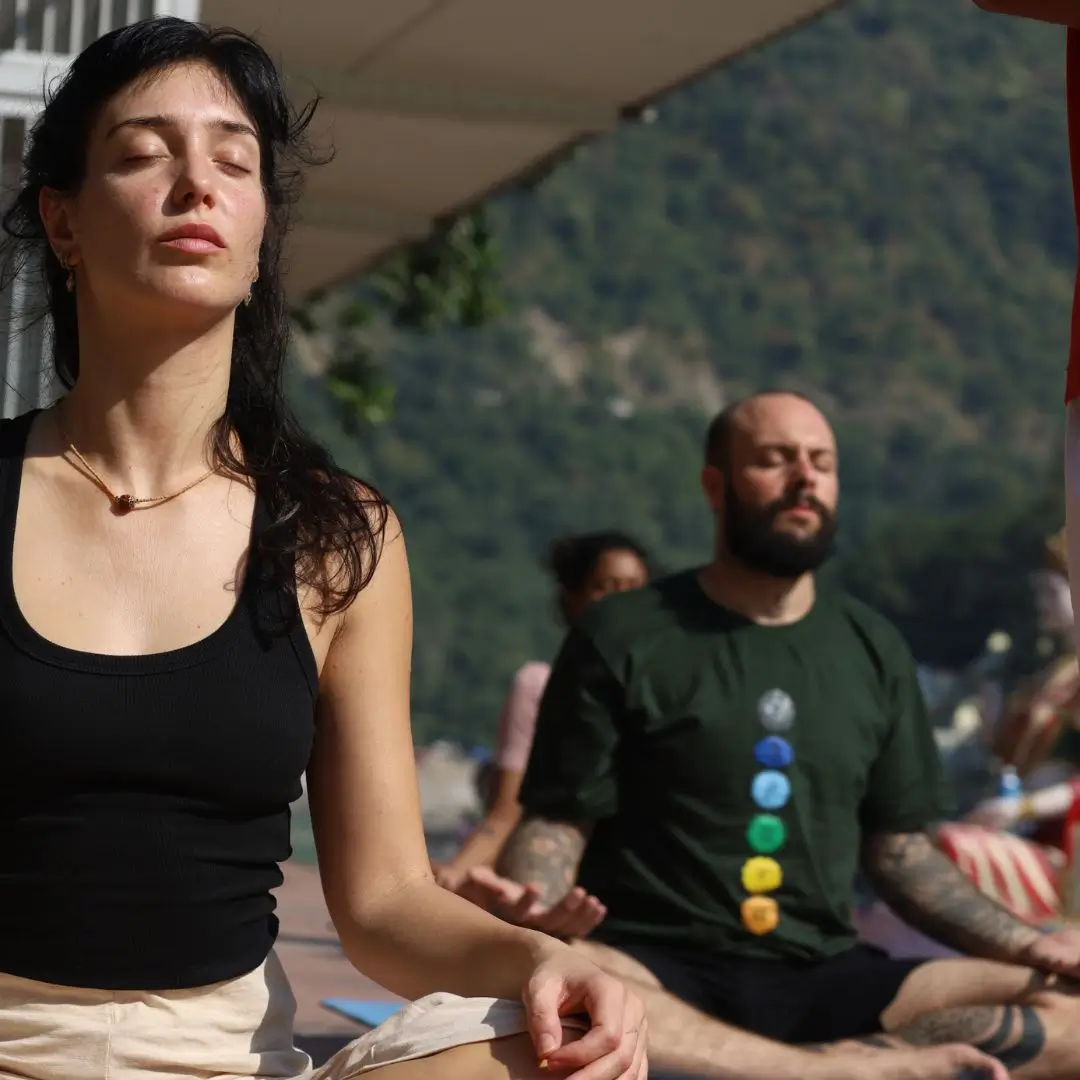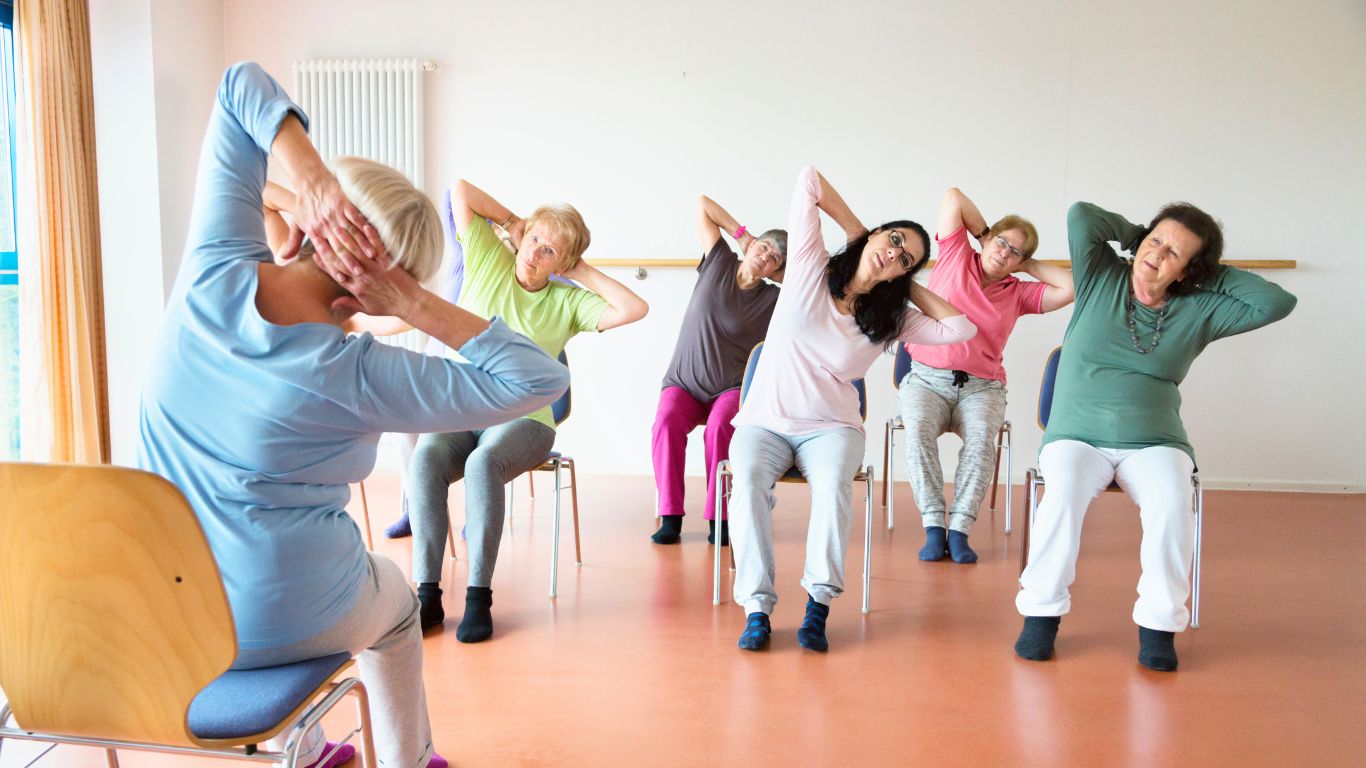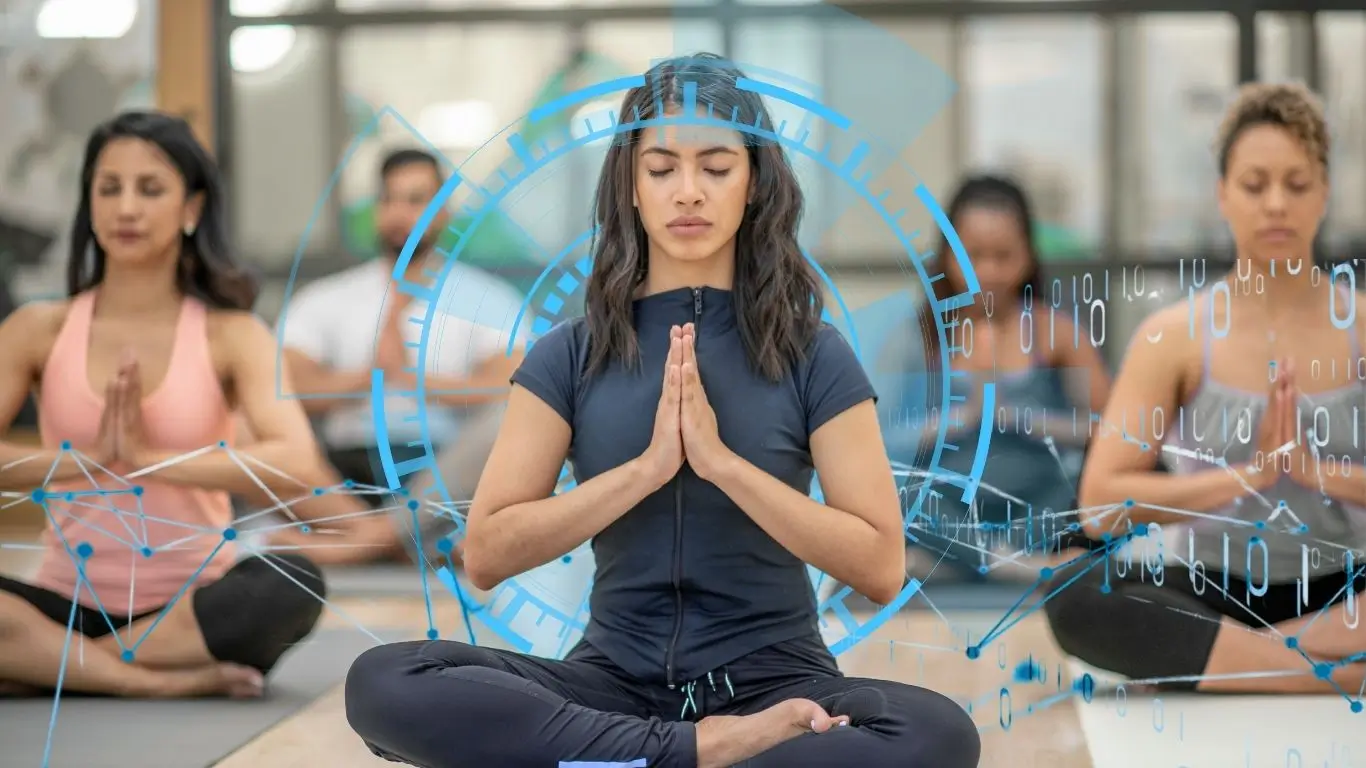Why Students Need Yoga and Meditation

Yoga and meditation are essential for students because they improve focus, reduce stress, and enhance overall well-being, helping them excel academically and personally.
Yoga and meditation are powerful tools that support students in managing the demands of academic life. These practices enhance mental clarity, physical health, and emotional stability – key factors for thriving in school and beyond. Whether it’s tackling a tough exam or balancing a busy schedule, yoga and meditation provide students with the skills to stay focused and calm under pressure.
How Yoga and Meditation Work Together
Yoga and meditation complement each other to create a holistic approach to well-being. Yoga strengthens the body and improves flexibility through physical poses, while meditation calms the mind with techniques like deep breathing and mindfulness. Together, they boost relaxation, reduce tension, and sharpen concentration – making them a perfect pair for students facing constant mental and physical challenges.
Why it matters: Students who practice both report better emotional control, improved decision-making, and a refreshed perspective on their tasks.
Key Benefits of Yoga and Meditation for Students
Strength: Powering Up Body and Mind
Yoga builds both physical and mental strength, essential for students juggling classes, homework, and extracurriculars. Poses like the plank, dolphin push-up, and cobra strengthen muscles while boosting stamina and mental resilience. Paired with deep breathing, yoga increases energy and lung capacity, helping students stay alert and productive.
Example: A 10-minute morning yoga session can leave students feeling energized and ready to tackle a long study day.
Flexibility: Easing Physical and Emotional Tension
Flexibility isn’t just about bending, it’s about staying adaptable. Yoga stretches muscles and improves joint mobility, enhancing posture and reducing pain from hours of sitting. This physical ease translates to emotional flexibility, helping students handle stress with grace.
Example: Better posture from yoga can reduce back pain and improve focus during lectures or study sessions.
Stress Management: Staying Calm Under Pressure
Stress is a constant for students, but yoga and meditation offer proven relief. Meditation lowers cortisol (the stress hormone) through mindful breathing, while yoga releases physical tension. Together, they improve focus, reduce anxiety, and equip students to handle exams or deadlines with confidence.
Example: Studies show mindfulness meditation can cut stress by up to 30%, making it easier to stay calm during finals.
Looking for Short Program in Rishikesh?
Why Yoga and Meditation Are Game-Changers for Students

These practices go beyond exercise – they’re life skills. Yoga builds a strong, healthy body, while meditation fosters a peaceful, focused mind. Together, they teach self-care and emotional regulation, preparing students for academic success and personal growth. Schools incorporating these practices see happier, more focused students.
Key takeaway: Regular practice creates a balanced mindset and sharper cognitive skills, vital for long-term achievement.
How Students Can Start Yoga and Meditation
Getting started is simple and doesn’t require much time. Here’s how:
Yoga: Try beginner poses like mountain pose or child’s pose. Hold each for 30 seconds, focusing on slow breaths.
Meditation: Sit quietly for 5 minutes. Inhale for four counts, hold for four, exhale for four. Repeat.
Routine: Spend 10 minutes daily yoga in the morning, meditation before bed.
Tip: Apps like Headspace or YouTube yoga tutorials can guide you. Start small, and build up!
Make your career and lifestyle with our Yoga Teacher Training Courses:
Conclusion: Your Path to Focus and Well-Being
Yoga and meditation are must-haves for students, offering strength, flexibility, and stress relief that boost academic and personal success. Start today, and see how these practices transform your focus and energy.
Call to action: Try a 5 minute meditation now, feel the difference it makes!




